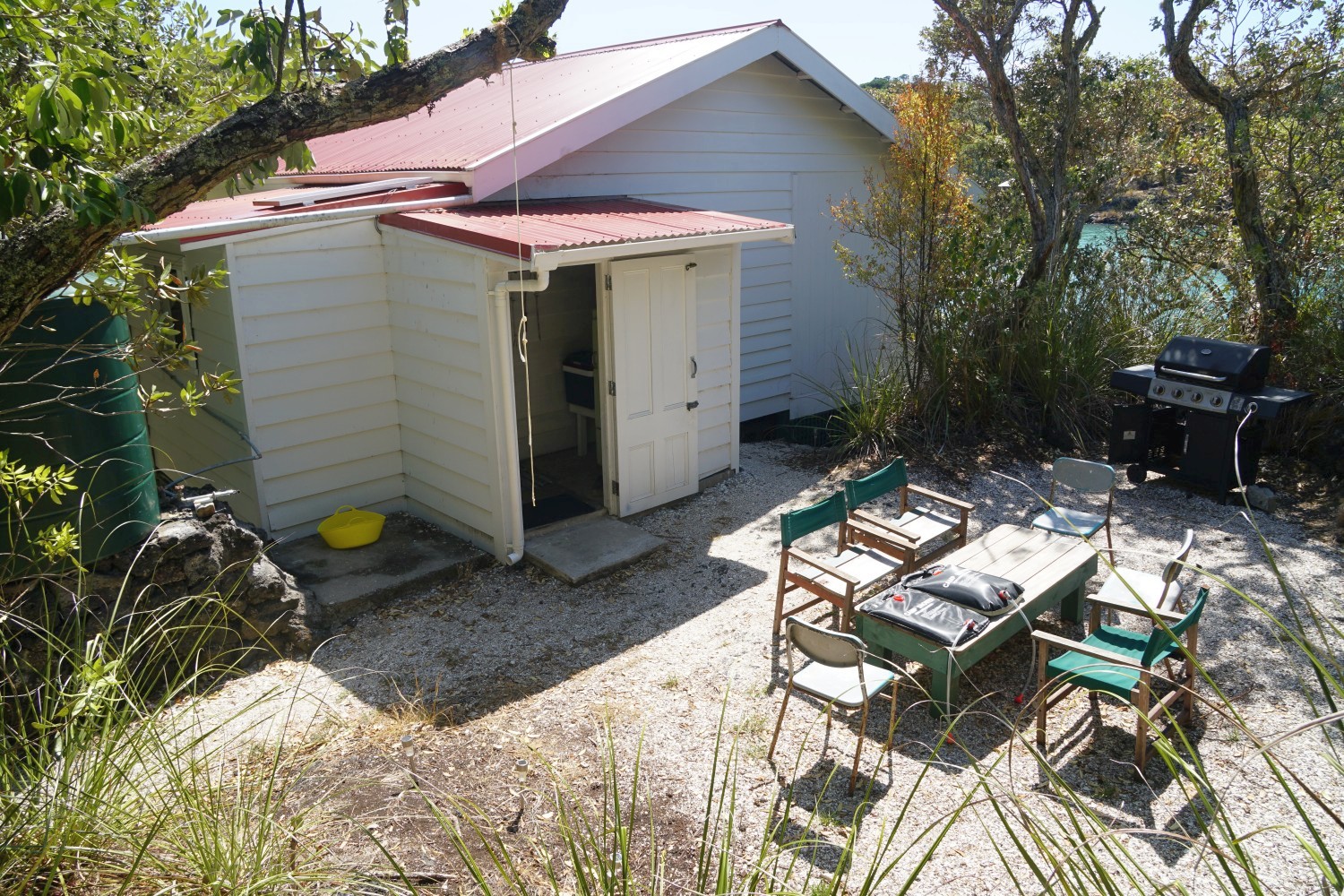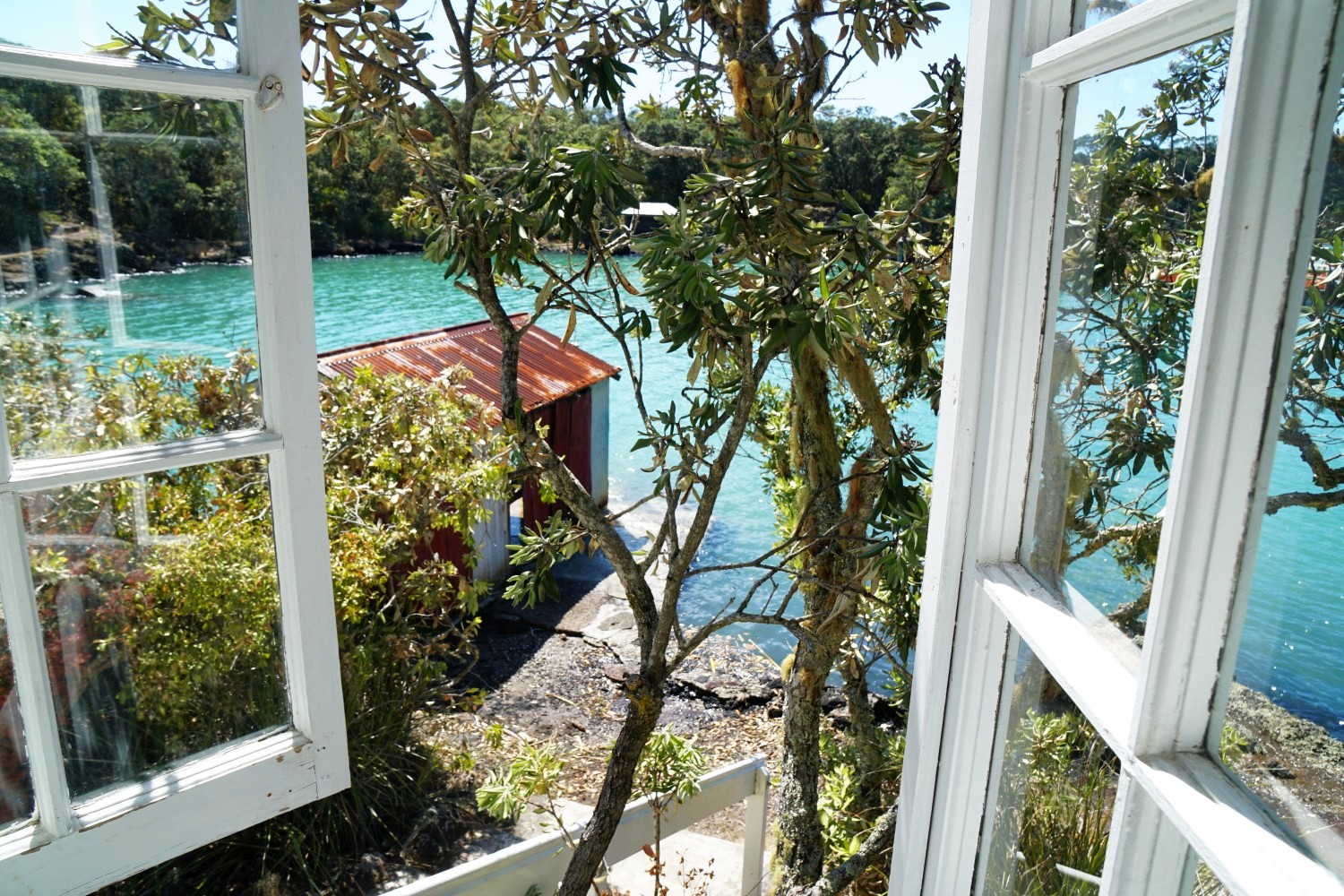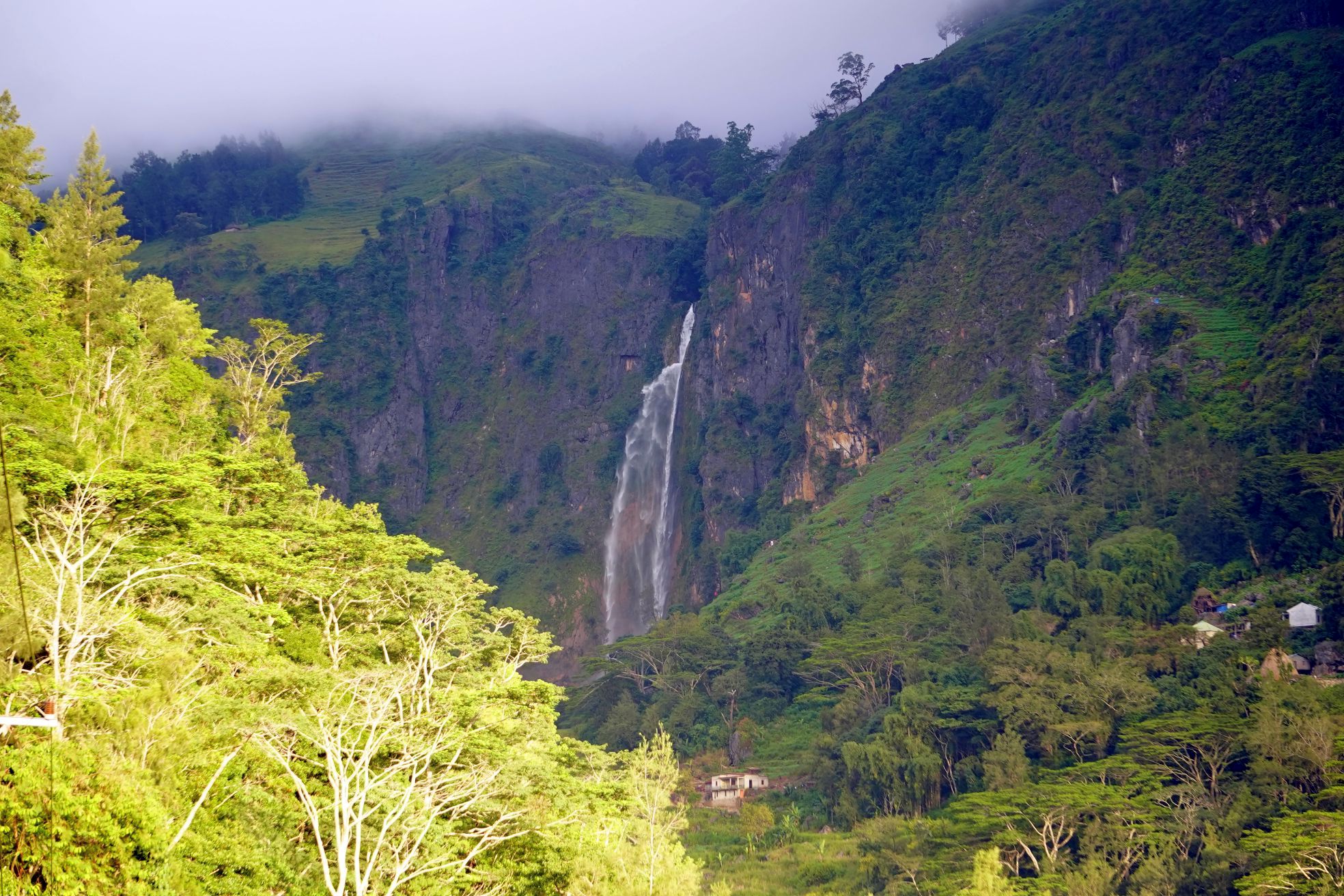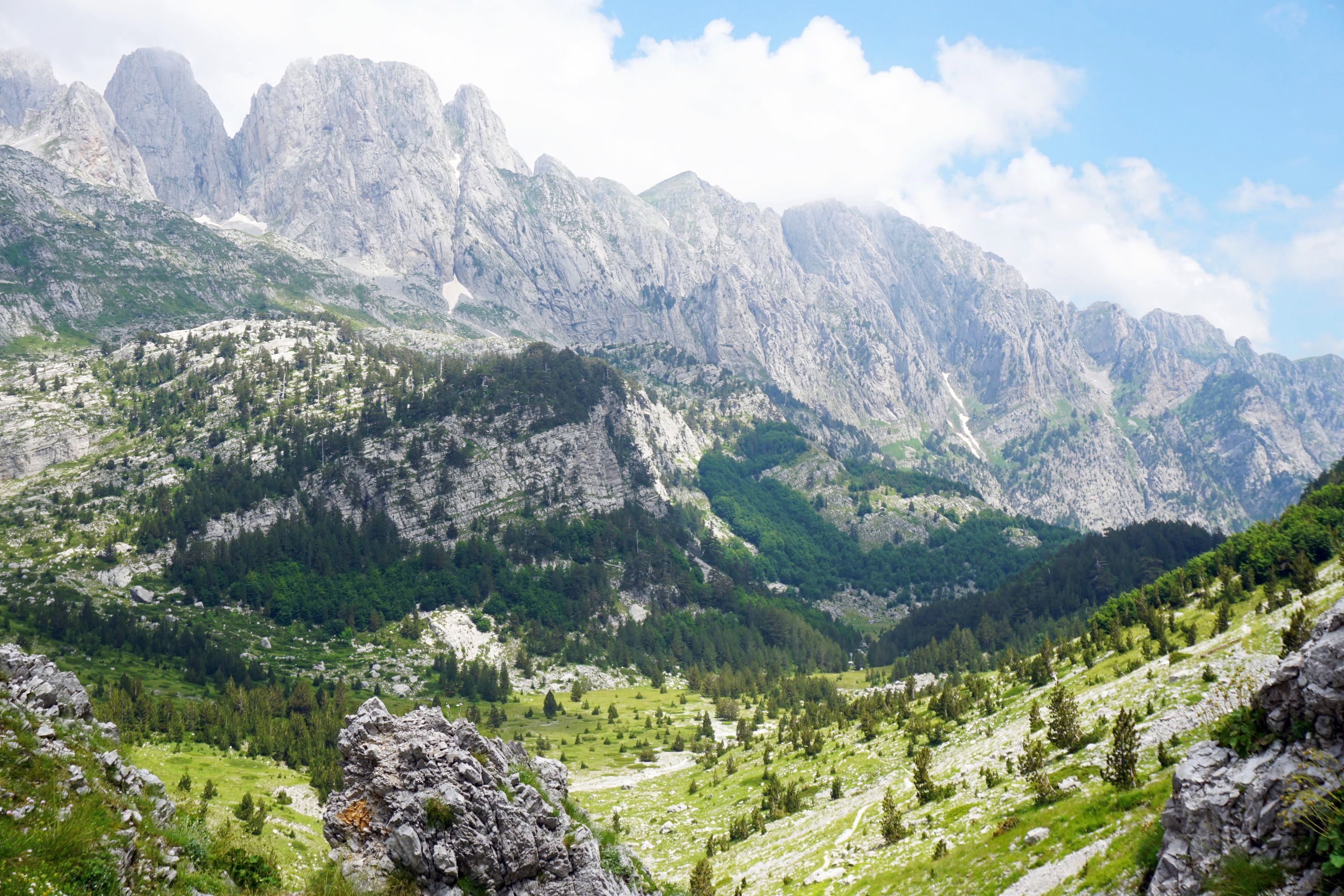Auckland’s youngest and largest volcano, Rangitoto erupted about 600 years ago, forming a 23 square km island in the Hauraki Gulf. Despite the volcanic rock landscape it is home to the largest forest of pōhutukawa trees in the world, and over 100 Kiwi baches (holiday homes), two of which are owned by the Department of Conservation and can be rented through Bookabach.


I spent the night at Bach 78, opposite Islington Bay Wharf (currently closed), about 1.5 hours walk from the main Rangitoto Ferry Wharf. The bach was built in 1937 in classic bungalow / cottage style with salvaged materials and improvised building techniques. The location is stunning, right by the blue / green water, surrounded by bush.









The facilities are basic, with limited electricity (enough to run the lights and a low voltage plug, but not a fridge, cool blocks are provided in chilly bin instead), a boat style chemical toilet, and a surprisingly effective camp shower, heated by the sun during the day and hoisted flag pole style to use.





I loved the period features throughout the house, it felt very homely.





The light shades really were from another age!




Islington Bay is on the eastern side of Rangitoto, close to the causeway to Motutapu Island, which was populated by Maori before the volcano erupted and emerged from the sea next to it. The bach was a great base from which to explore Motutapu now that ferries there are infrequent.

Motutapu is barren in a different way thanks to decades of farming and felling of the bush, which combined with drought conditions was quite a contrast to Rangitoto.


There were good views back toward the mainland, including Auckland CBD.







I walked to the southernmost point of the island at Emu Point, then up to the trig at the highest point, 122m above sea level, before heading over to Home Bay on the eastern side.






Home Bay has a wonderful DOC campsite and remains of a sizable boiler just off shore.



The nearby Rotary Centennial Walkway runs through attractive native bush planted by thousands of volunteers since 1994, which provided a welcome break from the intense sun.



Toward the northern end of the island are extensive remains of military camps and barracks, underground ammunition stores, and observation posts built during World War II when invasion by the Japanese was feared.














Walking back toward the bach there were some stunning views of Rangitoto and Gardiner’s Gap (Wairere) between the islands.





One of the main attractions of staying overnight on Rangitoto was the opportunity to see sunset from a deserted summit, 259m above sea level. It was blissfully quiet and a beautiful evening to take in the views of the mainland and islands of the Hauraki Gulf.







As it was a good hour’s walk from the bach I didn’t stay until the sun actually set but caught the colour on my way back, arriving in near pitch dark.






Leave a Reply